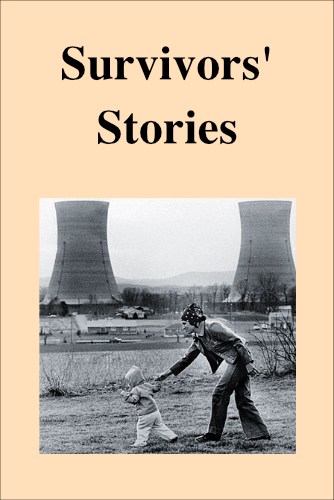COMMONWEALTH OF PENNSYLVANIA
Dept. of Environmental Protection
Commonwealth News Bureau
Room 308, Main Capitol Building
Harrisburg PA., 17120
FOR IMMEDIATE RELEASE
06/4/2010
EOG Resources Well Released Fracking Fluid, Natural Gas for 16 Hours
HARRISBURG -- Department of Environmental Protection Secretary John Hanger said today that his agency intends to investigate aggressively the circumstances surrounding a blowout at a Marcellus Shale natural gas well in Lawrence Township, Clearfield County, and take the appropriate enforcement action.
At approximately 8 p.m. on Thursday, June 3, the operators of the well, which is owned by EOG Resources, Inc., lost control of it while preparing to extract gas after hydrofracturing the shale. As a result, the well released natural gas and flowback frack fluid onto the ground and 75 feet into the air. The well was eventually capped around noon on June 4.
“The event at the well site could have been a catastrophic incident that endangered life and property,” said Hanger. “This was not a minor accident, but a serious incident that will be fully investigated by this agency with the appropriate and necessary actions taken quickly.
“When we arrived on scene, natural gas and frack fluid was flowing off the well pad and heading toward tributaries to Little Laurel Run and gas was shooting into the sky, creating a significant fire hazard. That’s why emergency responders acted quickly to cut off electric service to the area.
“Right now, we’re focused on limiting any further environmental damage, but once that work is complete, we plan to aggressively look at this situation and see where things went wrong and what enforcement action is necessary. If mistakes were made, we will be certain to take steps to prevent similar errors from happening again.”
DEP learned of the leak at approximately 1:30 a.m. on Friday after it was informed by the Pennsylvania Emergency Management Agency. DEP immediately dispatched its Emergency Response and Oil and Gas program staff to the site.
PEMA, which elevated its activation level to coordinate resources among multiple state agencies, also worked with PennDOT to initiate an airspace restriction above the well, which the Federal Aviation Administration authorized on a temporary basis earlier today. The restriction prohibits flights at and below 1,000 feet of ground level within a three nautical mile radius of the well site. The restriction is in effect until further notice.
The EOG well pad is located in a rural area near the Penfield/Route 153 exit of Interstate 80 in northwestern Clearfield County. Three other wells on the same pad that have been drilled and fractured remain plugged and are not in danger.
EOG Resources, formerly known as Enron Oil & Gas Co., operates approximately 265 active wells in Pennsylvania, 117 of which are in the Marcellus Shale formation.
























